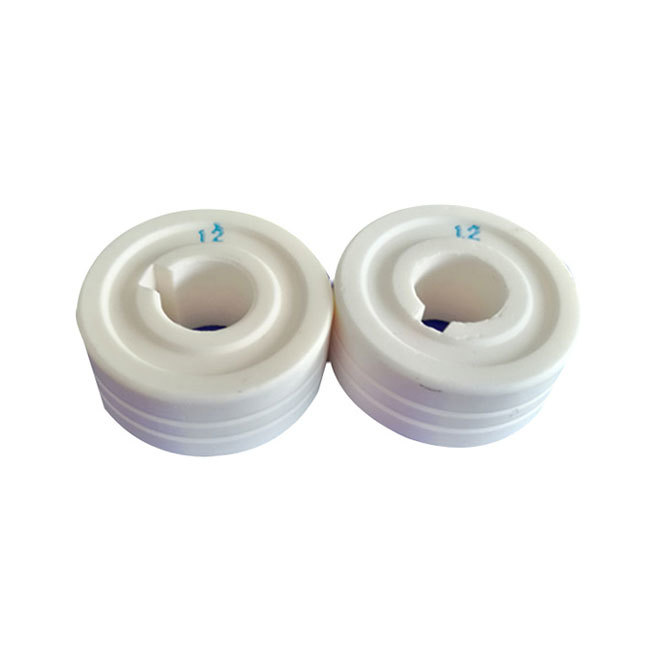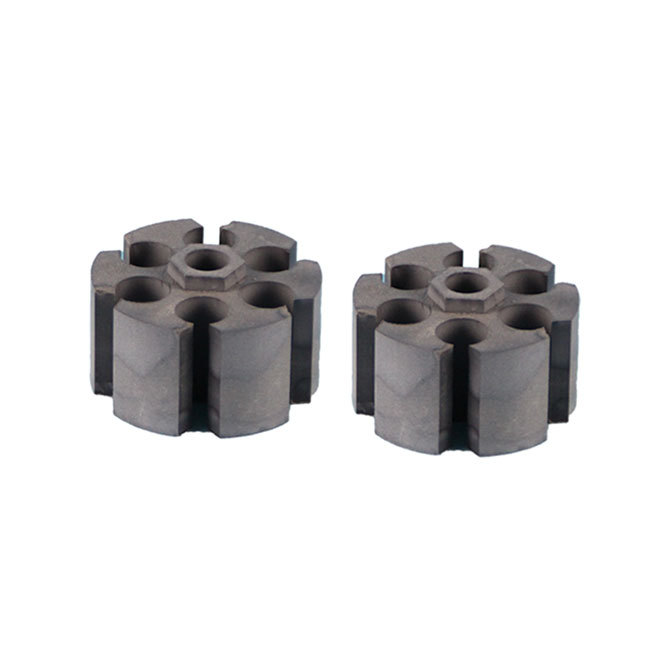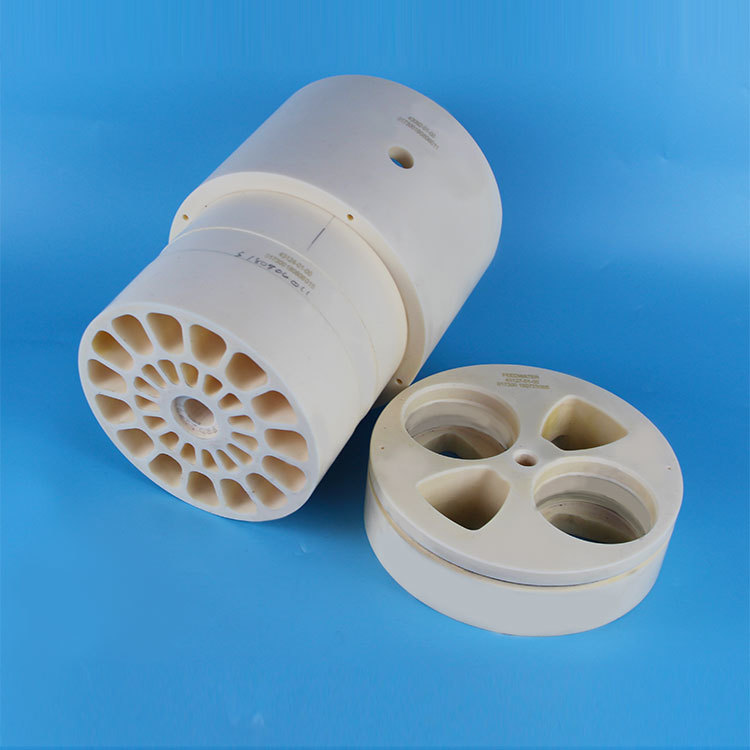




Alumina Ceramic Circular Substrate
The core component of the alumina ceramic substrate is a ceramic material based on alumina ceramics, which has good conductivity, mechanical strength and high temperature resistance on the alumina ceramic substrate. The superior performance of alumina ceramic substrates has become more and more widely used in modern society, which meets the needs of daily use and special industries.
keywords:
Aluminum oxide ceramics, silicon nitride ceramics, zirconia ceramics
Category:
Product Details
The core component of the alumina ceramic substrate is a ceramic material based on alumina ceramics, which has good conductivity, mechanical strength and high temperature resistance on the alumina ceramic substrate. The superior performance of alumina ceramic substrates has become more and more widely used in modern society, which meets the needs of daily use and special industries. Alumina ceramics are divided into ordinary type and pure high type, mainly referring to ordinary alumina ceramic substrates. Ordinary alumina ceramic substrates can be divided into 99 porcelain, 95 porcelain, 90 porcelain, 85 porcelain and other varieties according to the content of AI2O3. Sometimes the content of AI2O3 is 80% or 75% and can also be classified as ordinary alumina ceramic series. Among them, 99 porcelain alumina materials are used in the production of high-temperature tongs, refractory furnace tubes and special wear-resistant materials, such as ceramic bearings, ceramic seals and water valve plates. 95 porcelain alumina is mainly used as corrosion-resistant and wear-resistant parts. Because 85 porcelain is often mixed with some talc, the electrical properties and mechanical strength are improved, and it can be sealed with metals such as molybdenum, niobium, and tantalum, and some are used as electric vacuum devices. The thermal conductivity of the alumina ceramic substrate is very high, generally ranging from 30W to 50W. The thinner the plate is, the better the heat conduction is, and the thicker the plate is, the lower the heat conduction is. But the overall heat conduction effect is 100 times or more than ordinary PCB. The expansion coefficient of the alumina ceramic substrate is that the ceramic material is an inorganic material, with high hardness, pressure resistance, low expansion coefficient, and generally not easy to deform. There are also many classifications of alumina ceramic substrates, such as: 1. Ceramic substrates for chip resistors: Alumina ceramic substrates are currently widely used ceramic substrates because of their relatively simple production process. Generally, it is prepared by tape casting. 96% alumina ceramic substrate materials are added with suitable mineral raw materials as co-solvents. The firing temperature is as low as 1580°C~1600°C, and the product density can reach more than 3.75g/cm³. The ceramic substrate has the main advantages of small size, light weight, high temperature resistance, high electrical insulation performance, low dielectric constant and dielectric loss, high thermal conductivity, good chemical stability, and similar thermal expansion coefficient to the components, which greatly improves the reliability of the circuit. The reliability and wiring density of the circuit are the carrier materials of chip resistor elements. 2. Ceramic substrates for thick-film hybrid integrated circuits have good thermal cycle performance, and the number of cycles can reach 50,000 times, with high reliability. Like the PCB board (or IMS substrate), it can etch out various graphic structures; no pollution and no pollution. The thermal expansion coefficient is close to that of silicon, which simplifies the production process of power modules.
Message








